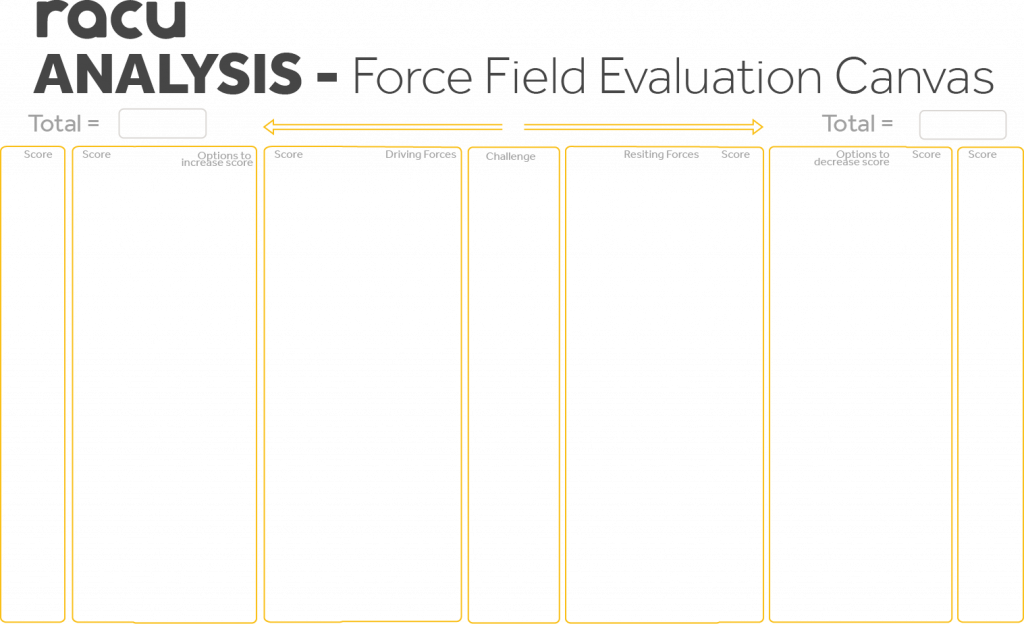Evaluate each of your ideas in turn using the following measurement factors:
Heart vs Head Rating. Take one of your ideas and begin your evaluation by looking at it from the perspective of both your heart (emotions) and head (logic).
Participants in a group session can do it separately and then compare scores.
Heart. How you feel about an idea – think with your heart. What is your gut feeling on it? Does it excite you? Assign a rating (10-point scale) to the idea that best signal how positive you are about it emotionally. 10 indicates “very positive” and 1 “very negative”.
Head. Use intellectual reasoning- think with your head. Does this idea make sense to you logically? Is it robust? Can you rationalize and justify it? Assign a rating (10-point scale). 10 indicates “very positive” and 1 “very negative”.
Pros and Cons. Break your idea down into its positive and negative aspects- it´s “pros” and “cons”. Make sure you observe in the context of your current market, environment and product mix, not in isolation.
Consider important financial, marketing, and organizational implications. For example: costs, timescales, novelty, brand fit, impact, competition, reliability, quality, attractiveness, morale, associated risks, legal issues, scale, income potential, ease of implementation, safety, company practices, feasibility, and so on.
Pros. What are the positive aspects of this solution? Its strengths? What do you like about it? Why might it succeed? What might others like about it?
What are possible future gains? Work your way round the room and ask everyone to say something positive about the idea being discussed.
Carry out detailed examination of all the positive attributes and their interrelationships. Briefly consider whether you can build on these attributes to make the idea bigger and better.
Cons. What are the negative aspects of the solution? Its weakness? What do you dislike about it? Why might it fail?
Why will others reject it? What are the limitations in the “real world”? Be its worst critic. Explore all the flaws and downsides of the idea in depth. Change your perspective if you need to. Keep an open mind and think how you can convert cons into pros.
DOWNLOAD













